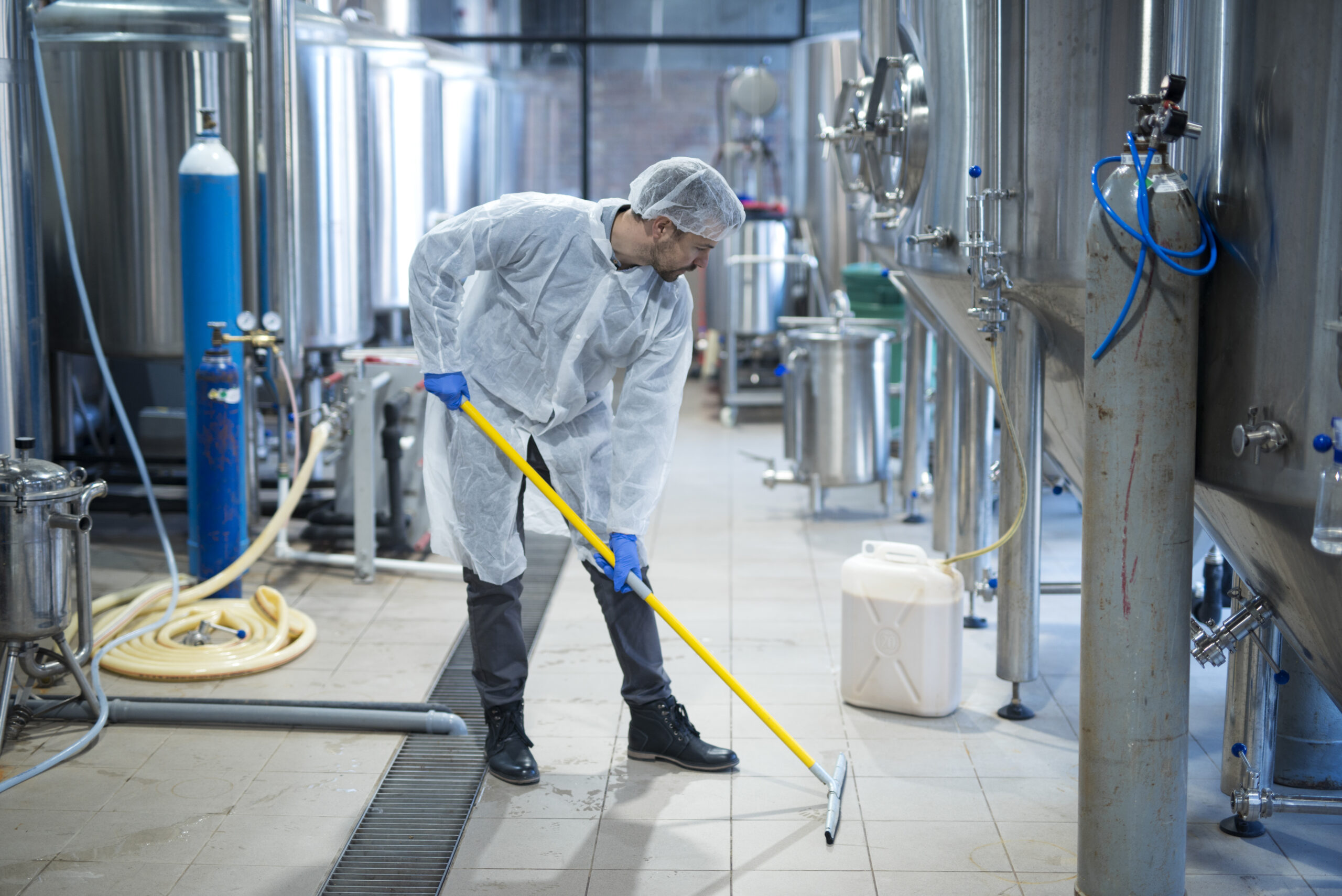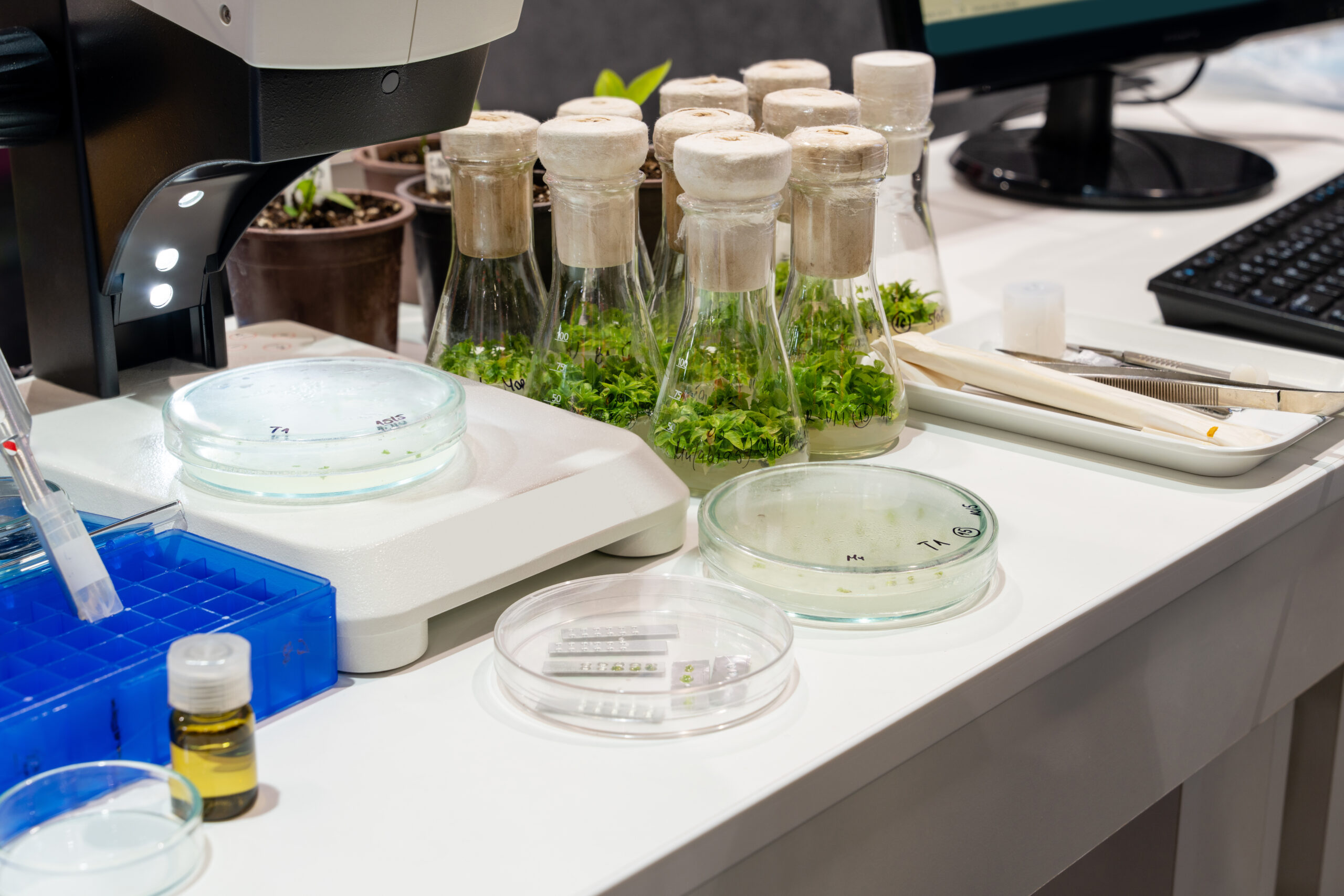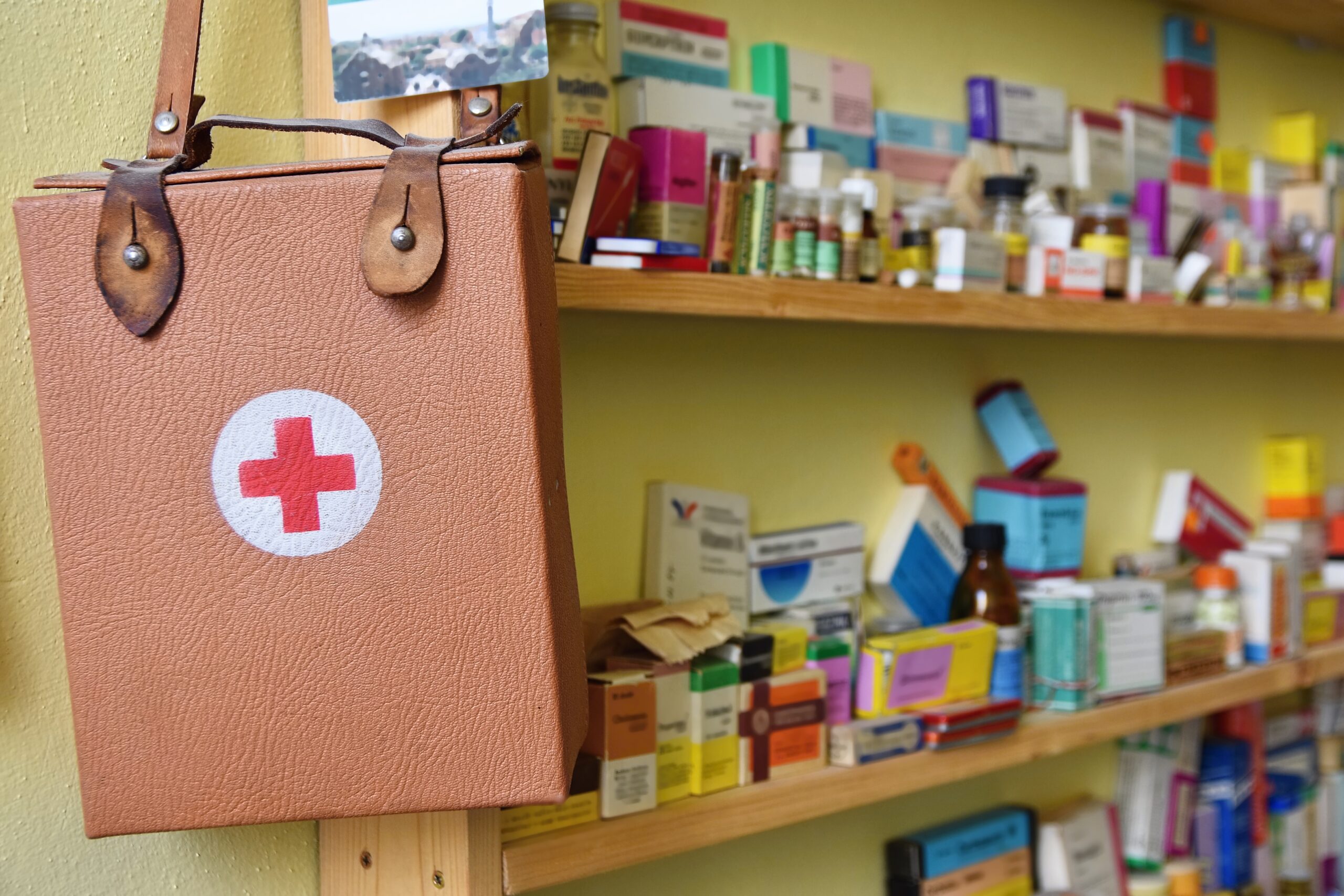How to Achieve Effective Cleaning and Disinfection in Controlled Environments
A good cleaning and sanitization program is very important in clean areas where pharmaceutical products are manufactured. It is required to stop microorganisms from contaminating the products. Sterile medicines can become contaminated by many things, such as ingredients, process water, packaging materials, the environment, equipment, and even the people working there.
The rules called cGMPs (Current Good Manufacturing Practices) focus on having the right size and design of buildings. The materials used in construction and how things move inside the building should make cleaning and maintenance easy. This helps ensure proper and safe drug production.
When disinfectants are used in the manufacturing area, care must be taken to make sure they don’t accidentally mix with or harm the medicine, because these chemicals can be toxic.
In cleanrooms, the floors, walls, and ceilings should be smooth, nonporous, and easy to clean. The area should also have controls for dust, temperature, and humidity. Regular cleaning and disinfecting are needed to keep the area sterile.
The cleaning and sanitization plan must:
- Meet the required cleanliness levels,
- Control microorganisms that can spoil the product,
- Prevent chemicals from getting into ingredients, equipment, packaging, or the final
These rules also apply to non-sterile medicines. In those cases, microbial control is done by using the right ingredients, clean equipment, low water content, preservatives, and proper packaging.
Apart from disinfectants, antiseptics are used to sanitize skin and body tissue before workers enter clean areas. Sterilants may be used to clean surfaces in the manufacturing and testing areas. Sterilants can also be used to sterilize the medicine itself. UV light may be used to clean surfaces too.
Here we can understand how to choose the right disinfectants and antiseptics, how to test if they destroy microorganisms like bacteria, fungi, and spores, and how to safely use them in sterile drug manufacturing.

"In GMP environments, precise cleaning and disinfection are critical to eliminating contaminants and ensuring the integrity of pharmaceutical products."
Breaking Down the Classification of Cleaning Agents
Antiseptic—An agent that inhibits or destroys microorganisms on living tissue including skin, oral cavities, and open wounds.
Chemical Disinfectant—A chemical agent used on inanimate surfaces and objects to destroy infectious fungi, viruses, and bacteria, but not necessarily their spores. Sporicidal and antiviral agents may be considered a special class of disinfectants. Disinfectants are often categorized as high-level, intermediate-level, and low-level by medically oriented groups based upon their efficacy against various microorganisms.
Cleaning Agent—An agent for the removal from facility and equipment surfaces of product residues that may inactivate sanitizing agents or harbor microorganisms.
Decontamination—The removal of microorganisms by disinfection or sterilization.
Disinfectant—A chemical or physical agent that destroys or removes vegetative forms of harmful microorganisms when applied to a surface.
Sanitizing Agent—An agent for reducing, on inanimate surfaces, the number of all forms of microbial life including fungi, viruses, and bacteria.
Sporicidal Agent—An agent that destroys bacterial and fungal spores when used in sufficient concentration for a specified contact time. It is expected to kill all vegetative microorganisms.
Sterilant—An agent that destroys all forms of microbial life including fungi, viruses, and all forms of bacteria and their spores. Sterilant are liquid or vapor-phase agents.
Types of Chemicals and Their Antimicrobial Applications
Type of Chemical | Use |
Aldehydes | Spore killer |
Alcohols (70% Isopropyl Alcohol) | Disinfectant, Antiseptic |
Chlorine compounds (Sodium Hypochlorite) | Sporicidal |
Phenolics (Chlorocresol, Chloroxylenol) | General Disinfectant |
Ozone | Sporicidal |
Hydrogen Peroxide | Sterilant, Antiseptic |
Chlorhexidine (Diguanide) | Antiseptic |
Peracetic Acid | Sterilant |
Ethylene Oxide | Vapor Sterilant |
Quaternary Ammonium Compounds (Benzalkonium Chloride) | Disinfectant, Antiseptic |
β-Propiolactone | Sporicidal |
Mastering disinfectant selection for effective GMP cleaning
When choosing a disinfectant to use in a pharmaceutical manufacturing area, many important things must be considered:
- What kinds of microorganisms need to be controlled, and how many.
- Whether the disinfectant can kill a wide range of microorganisms (its spectrum of activity).
- If the product is approved as a sterilant (a strong disinfectant that kills all microorganisms).
- Whether it is registered and approved by the regulatory agencies.
- The right concentration (strength), how it is applied, and how long it needs to stay on the surface (contact time).
- The type of surface being cleaned and whether it can safely handle the disinfectant.
- If there is dirt or other materials on the surface that could reduce how well the disinfectant works.
- If it is necessary for the disinfectant to keep working (have residual activity) after it dries.
- Whether the disinfectant could damage equipment over time (corrosiveness).
- The safety of the workers who use it.
- If the disinfectant works well with other cleaning products or disinfectants.
- The rotation plan for using different disinfectants to avoid resistance.
- What steps must be taken to make sure the disinfectant does not contaminate the medicine.
Disinfectants at work: Mechanisms that destroy microbial Life
Disinfectant | Microbial Target |
Formaldehyde, hypochlorite, and glutaraldehyde | Cell wall |
Anilides and hexachlorophene | Cytoplasmic membrane, action on membrane potential |
Hexachlorophene | Membrane enzymes, action on electron-transport chain |
Chlorhexidine and ethylene oxide | Action on ATP |
Ethylene oxide, glutaraldehyde, hydrogen peroxide, hypochlorite, and iodine | Action on enzymes with −SH groups |
Alcohols, chlorhexidine, and quaternary ammonium compounds | Action on general membrane permeability |
Chlorhexidine, aldehydes, and quaternary ammonium compounds | Cell contents, general coagulation |
Hydrogen peroxide | Ribosomes |
Hypochlorites | Nucleic acids |
Ethylene oxide, glutaraldehyde, hydrogen peroxide, and hypochlorite | Thiol groups |
Ethylene oxide, glutaraldehyde, and hypochlorite | Amino groups |
Hypochlorite | General oxidation |
How disinfectant challenge testing should be done –
It is a common regulatory requirement, that chemical manufacturing companies must demonstrate the safety and effectiveness of disinfectants, sanitizers, sporicidal agents, and sterilants before these products can be marketed or used. To register these products, companies must:
- Provide the chemical ingredients of the product.
- Show safety data (toxicology) to prove the product is safe if used as directed.
- Show that the product kills the microorganisms it claims to (efficacy data).
- Provide proper usage instructions on the label.
However, these instructions are often meant for general use and may not be fully useful in a pharmaceutical manufacturing environment.
Disinfectant testing methods These include:
- Phenol-Coefficient Test
- Use-Dilution Method Test
- Hard Surface Carrier Method
- Sporicidal Carrier Test
In pharmaceutical manufacturing, extra testing is often required to make sure disinfectants work well in cleanrooms. These tests may include:
- Use-Dilution Tests – Check how well disinfectants work at different strengths and contact times against standard and environmental microorganisms.
- Surface Challenge Tests – Disinfectants are applied to surfaces contaminated with microorganisms, and the number of microorganisms killed (log reduction) is measured.
In surface challenge tests, microorganisms are counted using swabs, rinse methods, or contact plates. Neutralizers (chemicals that stop the disinfectant from continuing to kill microorganisms) must be used to get an accurate count.
Statistical Comparisons – Check how many microorganisms were present before and after using the new disinfectant.
To pass the test, the disinfectant must show:
- At least 2 log reduction for bacterial spores.
- At least 3 log reduction for regular bacteria.
- These results must be on a 2-inch × 2-inch surface (called a coupon) within a set time, such as 10 minutes.
It’s also important to:
- Prove that the neutralizers work.
- Understand that lab tests use more microorganisms than are normally found in cleanrooms.
- Remember that microorganisms used in lab tests may be harder to kill than those in actual
- Note that some microorganisms might be physically removed during cleaning, which may not happen in lab tests.
Surfaces to be decontaminated by disinfectants during efficacy testing-
Material | Application |
Stainless steel 304L and 316L grades | Work surfaces, filling equipment, and tanks |
Glass | Windows and vessels |
Plastic, vinyl | Curtains |
Plastic, polycarbonate | Insulation coating |
Lexan® (plexiglass) | Shields |
Epoxyl-coated gypsum | Walls and ceilings |
Fiberglass-reinforced plastic | Wall panels |
Tyvek® | Equipment wraps |
Terrazzo tiles | Floors |
How should regular cleaning and sanitization be conducted effectively
Choosing the right disinfectants and checking their effectiveness through surface tests is very important for a good cleaning and sanitizing program.
To make the program work well, you need:
- Written instructions on how to clean and sanitize
- Training for the staff
- A plan to rotate different disinfectants
- Proper methods for applying disinfectants and the right contact time
- Regular environmental checks to make sure disinfectants work
- Safety measures for workers handling disinfectants
According to cGMP rules written procedures (SOPs) must be made for cleaning and maintaining equipment. These procedures should explain:
- Who is responsible
- When cleaning should be done
- How to clean properly
- How to protect equipment after cleaning
- How to check cleanliness before use
- How to keep records of cleaning and sanitizing
Staff who handle disinfectants must be trained about:
- Microbiology basics
- Best cleaning practices
- Safe handling of strong disinfectants
- How to prepare and dispose of disinfectants safely
- How to apply disinfectants correctly
It is very important to prepare disinfectants in the right strength. Many problems happen when disinfectants are too weak. Usually, disinfectants for clean rooms are mixed with sterile purified water and prepared in a sterile way. Sometimes, disinfectants are mixed with purified water and then filtered to remove any germs. Diluted disinfectants must have an expiration date based on tests that prove they still work.
It is a good idea to use a regular disinfectant every day and a stronger sporicidal disinfectant once a week or month. Using strong sporicidal agents every day is not recommended because they can damage equipment and may be harmful to workers over time. Other rotation plans can be based on environmental test results. After disinfecting surfaces that touch products, 70% alcohol wipes are usually used to remove disinfectant residues. This helps prevent contamination.
The biggest safety risks come from handling strong disinfectants and mixing the wrong chemicals. For example, strong sodium hypochlorite solutions (above 5%) can break down and produce toxic chlorine gas when heated or mixed with acids. Weak solutions (less than 0.5%) are safer. Never mix disinfectants of different strengths.
Safety information (Material Safety Data Sheets) should be available to all workers handling disinfectants. Workers must use proper safety gear like gloves, goggles, and protective clothing. Safety showers and eye wash stations must be close by where disinfectants are prepared.
Conclusion
Effective microbial control in pharmaceutical manufacturing hinges on a well-designed cleaning and sanitization program, guided by cGMP principles and supported by carefully selected disinfectants and sanitizing agents. Understanding the mechanisms of action, spectrum of activity, and appropriate application methods is essential to ensure product safety without compromising equipment or worker health. Rigorous testing and rotation of disinfectants prevent microbial resistance and maintain efficacy in cleanroom environments. Ultimately, integrating scientific knowledge with strict procedural controls safeguards both product integrity and patient safety in sterile drug production.




